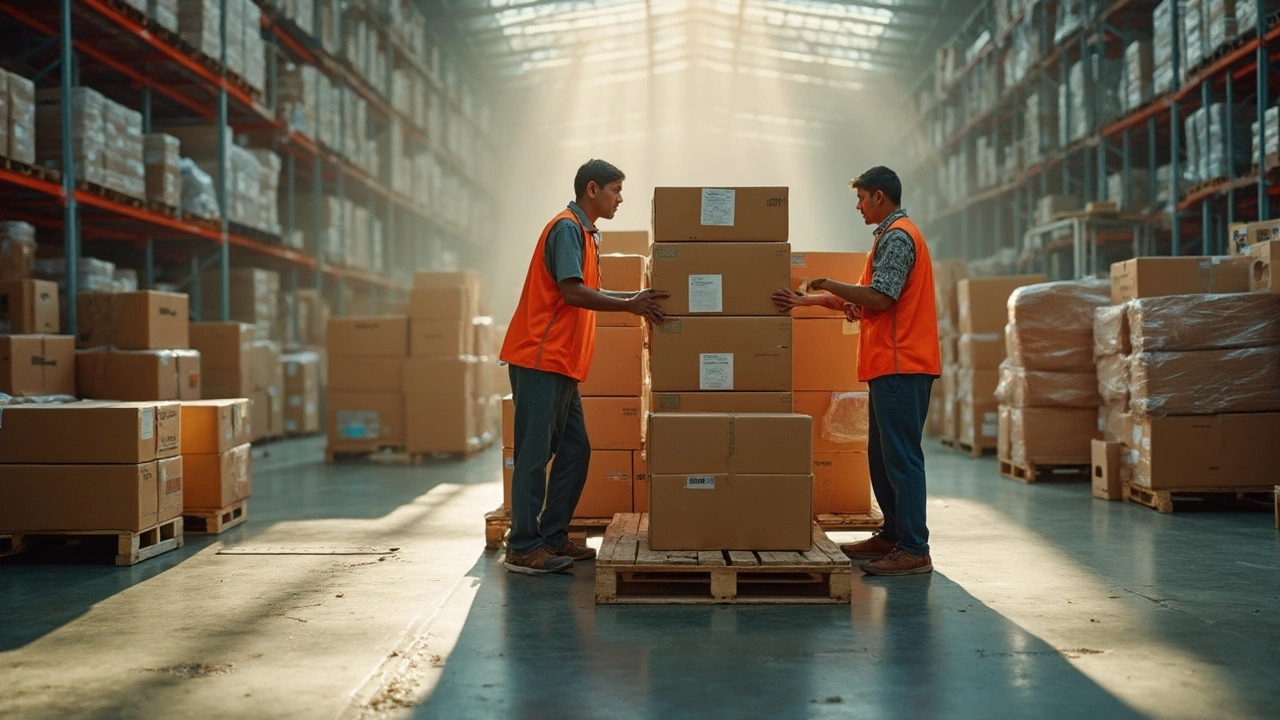Amazon Pallet Delivery: What It Is, How to Get One, and Smart Tips
If you’ve ever seen a huge box of mixed items on a loading dock and wondered where it came from, chances are it’s an Amazon return pallet. These pallets are bulk shipments of customer returns, overstock, or clearance items that Amazon resells to resellers, small businesses, and DIY shoppers. Getting one delivered to your doorstep isn’t rocket science, but there are a few things you should know before you hit ‘buy’.
Understanding Amazon Return Pallets
An Amazon pallet can contain anything from electronics to home goods, often mixed together. The key point is that the items are as‑is – you might get a few brand‑new boxes, some damaged goods, or even incomplete sets. Because they’re sold in bulk, the price per item is usually much lower than buying retail.
Most sellers list these pallets on liquidation sites, auction platforms, or specialized marketplaces. The listings will tell you the pallet size (standard 48" x 40"), the weight (often 1500–2000 lbs), and a rough inventory description. Don’t expect a detailed inventory; you’re buying a mystery box, and that’s part of the appeal.
Getting Your Pallet Delivered Safely
Here’s a quick step‑by‑step to make sure your pallet shows up without a hitch:
- Check the delivery address. Most carriers require a clear loading zone, driveway access, and sufficient space to unload.
- Choose the right carrier. Freight companies like Truckload Express, local movers, or even Amazon’s own logistics network can handle pallets. Compare quotes – you’ll see rates based on distance, weight, and any extra services (lift‑gate, inside delivery).
- Ask about insurance. The pallet’s value can range from a few hundred to several thousand dollars. Purchasing basic freight insurance is cheap and protects you if items get damaged in transit.
- Schedule a delivery window. Some carriers allow same‑day or next‑day drops, but most bulk shipments need 2‑3 days lead time. Confirm the window and be home or have a trusted person ready to receive.
- Prepare for unloading. A hand pallet jack or a small forklift makes the job easier. If you don’t have one, ask the carrier if they can provide a lift‑gate service.
Typical costs for a 48" pallet run anywhere from $150 to $350 for short‑haul local deliveries, and $400‑$800 for longer distances. Add insurance (about 1‑2% of the declared value) and any extra handling fees, and you’ve got a clear budget.
Once the pallet arrives, open it quickly, inventory the items, and note any damages. Most resale platforms expect sellers to disclose the condition accurately, so take clear photos and keep the original packing slips.
That’s it – with a little planning, you can turn an Amazon pallet into a profit‑making opportunity or a source of cheap parts for personal projects. Just remember: it’s a bulk buy, it’s a bit of a gamble, and the delivery side is straightforward if you follow these steps.
